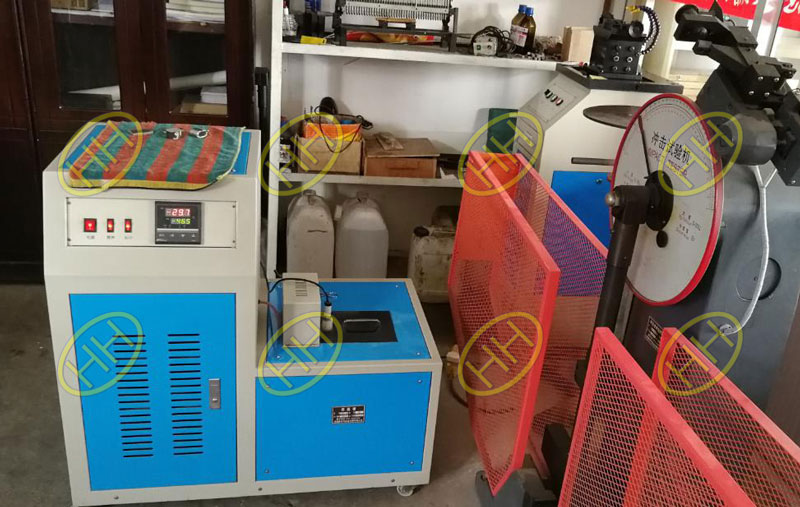Destructive testing of piping welds-Transverse Tension Test and Guided Bend Test
Destructive weld testing, as the name suggests, involves the physical destruction of the completed weld in order to evaluate its characteristics. This method of testing is used frequently for a number of applications. Some of these applications include welding procedure qualification and welder performance qualification testing, sampling inspection of production welds, research inspection, and failure analysis work. A number of destructive weld testing methods are used to determine weld integrity or performance. Typically they involve sectioning and/or breaking the welded component and evaluating various mechanical and/or physical characteristics. We shall briefly examine some of the more common methods of this type of welding inspection. We shall consider the macro etch test, the fillet weld break test, the transverse tension test, and the guided bend test. We shall consider how they are used, and what types of weld characteristics they are designed to determine. We shall examine their advantages over other inspection methods and their limitations.Last article we know the destructive testing of piping welds:Macro Etch Testing and Fillet Weld Break Test, today let’s know the other methods: Transverse Tension Test and Guided Bend Test.
Impact test of EN10204 for German order in Haihao Group

Impact test of EN10204 for German order in Haihao Group
Transverse Tension Test – Since a large proportion of design is based on tensile properties of the welded joint, it is important that the tensile properties of the base metal, the weld metal, the bond between the base and the weld, and the heat-affected zone conform to the design requirements. Tensile strength of the welded joint is obtained by pulling specimens to failure. Tensile strength is determined by dividing the maximum load required during testing by the cross-sectional area. The result will be in units of tension per cross-sectional area. This test is nearly always required as part of the mechanical testing when qualifying welding procedure specifications for groove welds.
Guided Bend Test – This is a test method in which a specimen is bent to a specified bend radius. Various types of bend tests are used to evaluate the ductility and soundness of welded joints. Guided bend tests are usually taken transverse to the weld axis and may be bent in plunger type test machines or in wrap-around bend test jigs. Face bend tests are made with the weld face in tension, and root bend tests are made with the weld root in tension. When bend testing thick plates, side bend test specimens are usually cut from the welded joint and bent with the weld cross section in tension. The guided bend test is most commonly used in welding procedure and welder performance qualification tests. This type of testing is particularly good at finding liner fusion defects, which will often open up in the plate surface during the testing procedure.
For more information,please contact me : sales@haihaogroup.com
